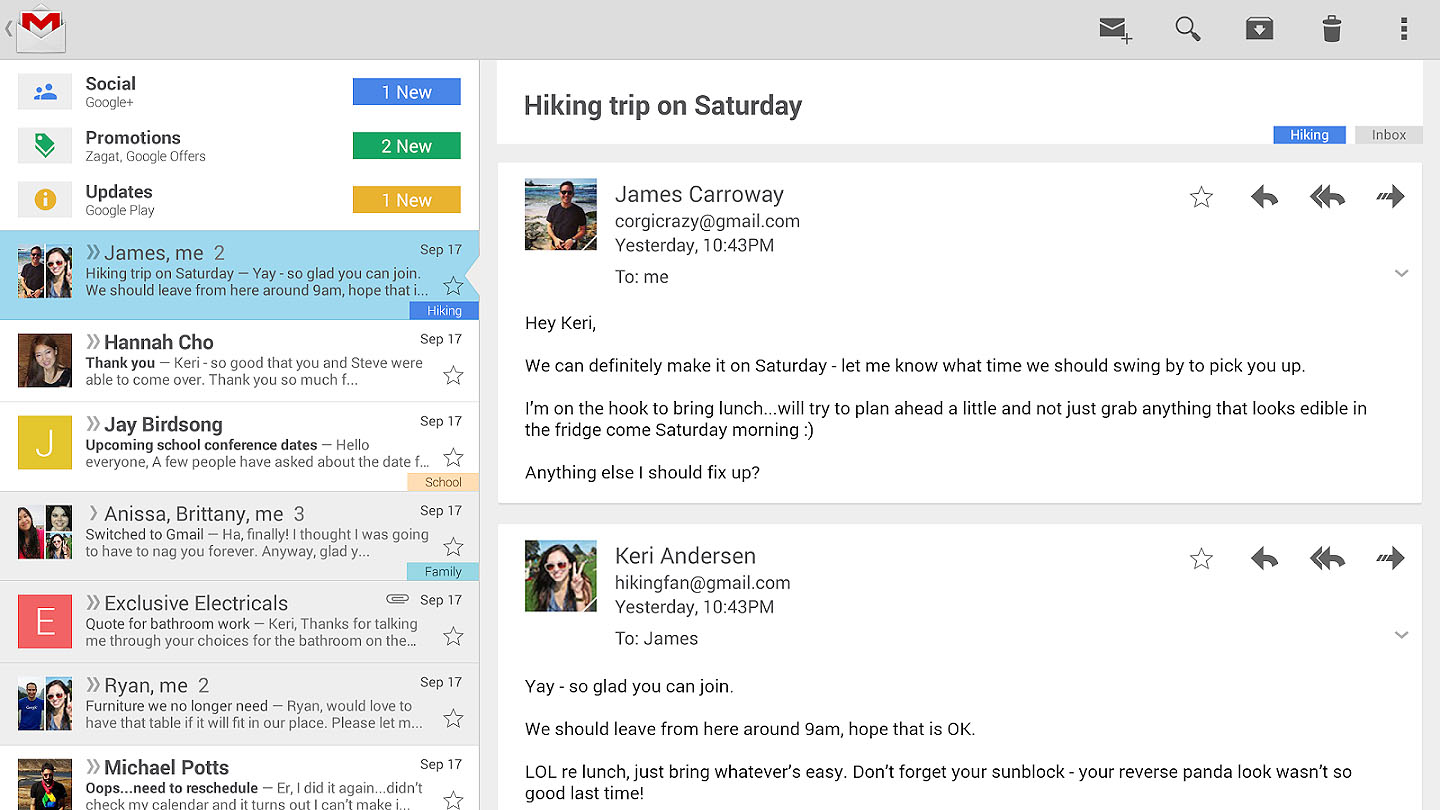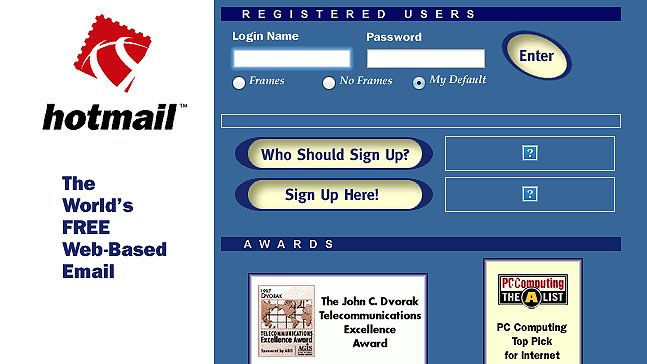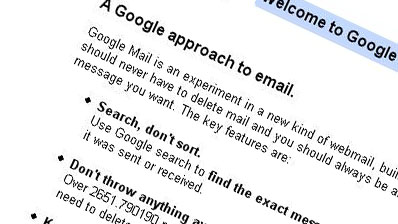How Google rescued us from a life of Hotmail
10 years on, Gmail is still a force to be reckoned with

In 2004, anyone with 2MB of online storage thought they were pretty hot stuff - so when Google announced a free web-based email service with a staggering 1 gigabyte of storage, everybody looked at the date - April 1 - and figured it was an April Fool joke.
Some joke. Today, Gmail is the world's favourite email system - it blasted past the previous winner, Hotmail, in 2012 - and it continues to offer the familiar combination of a fairly horrible interface (on the web, at least. The Android version looks great) and massive amounts of free storage. That amount is currently 15GB shared across all your Google services.
It also changed the way we think about communications. Email became something you could search effortlessly, and the huge storage space meant the end of tedious email mailbox management.
- Download Google Chrome and use our 20 best Chrome extensions
Gmail introduced us to the conversational view of email that dominates email software and services today, made mobile email apps before anyone had heard of an iPhone, and with its recent introduction of a separate tab for promotions it's arguably killed off the email newsletter as an effective marketing tool.
More than anything, though, it encouraged everyone to embrace the cloud.
How Gmail got it right
Gmail wasn't the first cloud service. It wasn't even the first cloud-based email service: webmail had been kicking around since the early nineties and was popularised by Hotmail, which launched in 1996. But what Gmail did was better, and that was partly because of the technology that underpinned it.
Where other services were generally built around HTML, the language used for writing static web pages (and the reason for the wacky capitalisation of the original Hotmail), Gmail used the programming language Javascript in what would come to be known as Ajax.
Sign up for breaking news, reviews, opinion, top tech deals, and more.
Ajax - it's short for Asynchronous JavaScript and XML - enabled designers and developers do to more than just make static pages: they could make applications that ran inside the browser, applications that looked and felt like desktop software. Gmail and the following year's Google Maps showed just how powerful that could be.

The launch was a masterstroke too. Rather than just launch the product - and suffer the inevitable capacity disasters that a high-profile launch would inevitably cause - Google took more of a Willy Wonka strategy.
Gmail was launched as an invite-only service, a move that gave the early adopters bragging rights and that made Gmail seem impossibly exciting. The invitations were the hot tickets of 2004, selling on eBay for silly money, and the service remained invitation-only until 2007.
The launch wasn't the only thing Google got right. Gmail became one of the longest-running beta releases of all time, only officially becoming a finished product in 2009.
That meant the service spent five years labelled as a work in progress, with Google adding and removing features as it saw fit. The beta label meant that any criticism of the service seemed churlish: it's free, it's a beta, and you're complaining?

The Ajax impact
The launch of Gmail didn't just get email users excited. It excited developers too. Two of those developers were Sam Schillace and Steve Newman, who found Ajax fascinating and wondered if they could use it to create an online word processor. They could, and their product Writely launched in 2005. Google liked it so much it bought the company. Writely and a previous acquisition, 2Web Technologies, would ultimately become Google Docs.
What Gmail did with email, Google Docs did with everything else: the apps ran in your browser, were good enough for many people, and didn't cost a penny at a time when Office suites still cost hundreds of pounds. And like Gmail, they were very, very fast. Today we're used to nippy web and mobile app experiences, but back then web-based software either required hefty downloads or ran painfully slowly. Google changed all that.

Contributor
Writer, broadcaster, musician and kitchen gadget obsessive Carrie Marshall has been writing about tech since 1998, contributing sage advice and odd opinions to all kinds of magazines and websites as well as writing more than twenty books. Her latest, a love letter to music titled Small Town Joy, is on sale now. She is the singer in spectacularly obscure Glaswegian rock band Unquiet Mind.